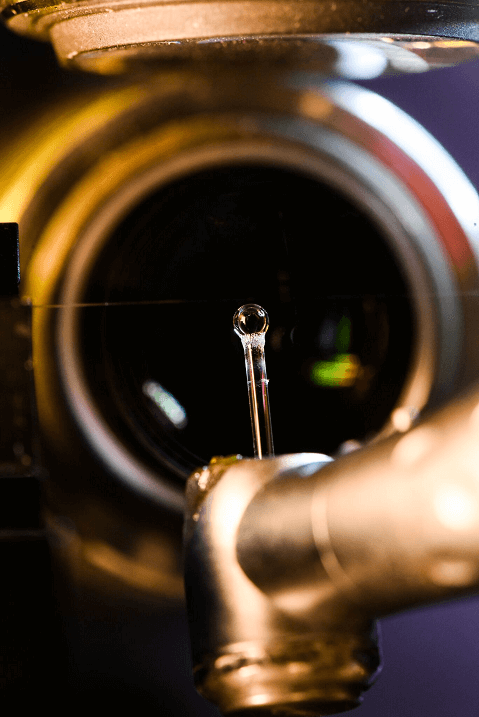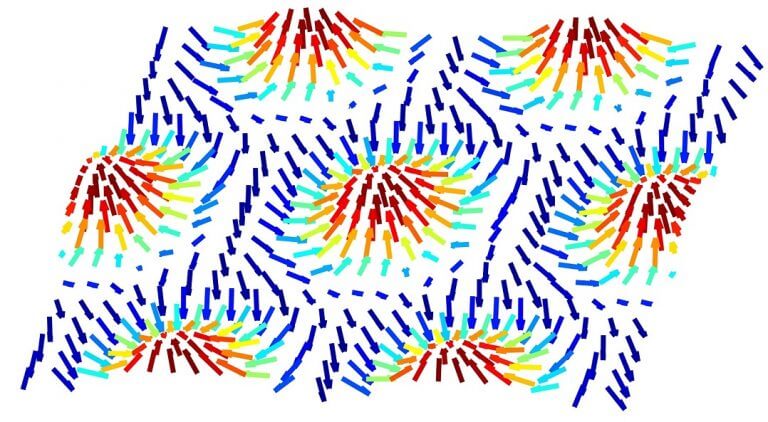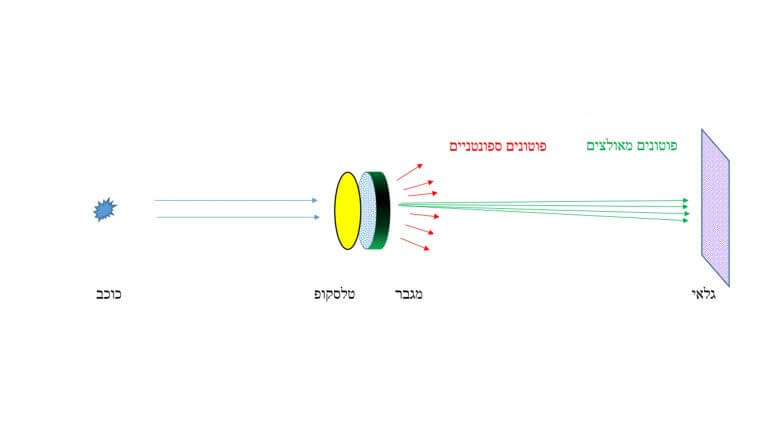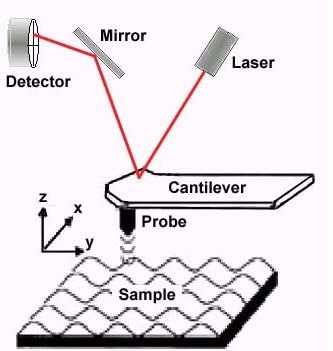Hayadan > optics
optics
- The Technion
- June 14, 2023
The achievement may accelerate research in new quantum technologies and developments in security, biological sensing, wireless communication and more
- Ben-Gurion University
- May 30, 2023
- No comments
The shrimp has a particularly bright white color on its back and limbs that are intended to attract fish, which it 'cleanses' of pests it feeds on. An in-depth examination of the white substance using special electron microscopes revealed that the substance consists of an incredibly thin layer of very dense nanospheres (spheres of very tiny diameter)
- Noam Chai
- April 28, 2023
- No comments
In an article published in the magazine Nature Physics, a team of researchers from Britain, the USA, Germany and Australia demonstrated for the first time the two cracks experiment in the timeline. Instead of spatial dispersion on a screen, the temporal crack created a dispersion in the light spectrum, and from the combination of another crack an interference pattern similar to the spatial pattern from the classic experiment was created. The experiment opens a window for the construction of time-varying optical instruments in a reliable and stable manner.
- Dr. Moshe Nahamani
- March 24, 2023
- No comments
Researchers from the University of Santiago in Chile, working in the field of machine learning, have succeeded in developing an innovative method for identifying organic compounds based on the refractive index at a single optical wavelength
- Avi Blizovsky
- June 12, 2022
- No comments
Prof. Levy was one of the speakers at the conference to mark the "Biennial Day of Light" held at Ben Gurion University * In his lecture he presented thin lenses based on materials and showed how surface materials can significantly improve the resolution of microscopes and facilitate the miniaturization of chips
- Tel Aviv University
- April 7, 2022
- The Technion
- March 2, 2022
- No comments
A technology developed by researchers at MIT and the Technion is expected to lead to a leap forward in the efficiency of X-ray machines and CT systems and in the speed of their operation. Prof. Ado Kaminer, head of the Robert and Ruth Magid AdQuanta laboratory, is a partner in the study published in Science.
- The Technion
- August 1, 2021
- One response
The technology developed by the researchers is based on the innovative SPI (Single-pixel imaging) concept - imaging using a single-pixel sensor. This concept, which enables photography without a camera, has extensive potential in diverse applications such as the development of components in autonomous vehicle alert systems and improving the ability of microscopes to see deep into biological tissues
- The Technion
- June 4, 2021
- 5 תגובות
The researchers developed an amplifier - a medium containing atoms that the photon coming from space passes through after the telescope key. The impact of the photon on the atom forces the atom to release a large number of photons identical to the original photon. The improvement in resolution will benefit any telescope, especially for medium-sized telescopes, and in particular for space telescopes
- The Technion
- July 4, 2020
- 11 תגובות
- Yoram Soreq
- June 21, 2020
- One response
- The Technion
- June 17, 2020
- One response
- The Technion
- June 6, 2020
- 9 תגובות
- Dr. Moshe Nahamani
- February 17, 2019
- 5 תגובות
- Noam Chai
- October 2, 2018
- 4 תגובות
- The Technion
- July 22, 2018
- 2 תגובות
- The Technion
- July 20, 2018
- 5 תגובות
- The Israeli Biomimicry Organization
- February 6, 2018
- One response
- Avi Blizovsky
- March 2, 2017
- One response
- The Technion
- May 29, 2016
- One response
- Dr. Moshe Nahamani
- May 16, 2016
- No comments
- Dr. Moshe Nahamani
- January 29, 2016
- One response
- Dr. Moshe Nahamani
- December 14, 2015
- 4 תגובות
- Weizmann Institute
- November 29, 2015
- No comments

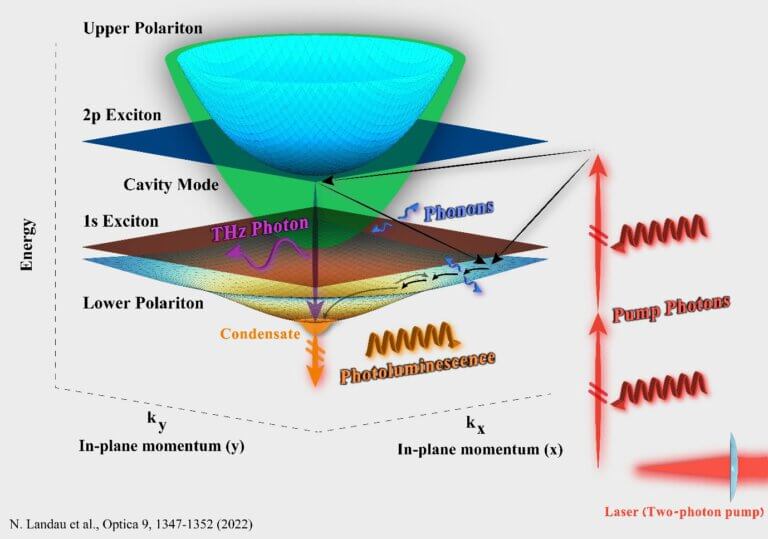
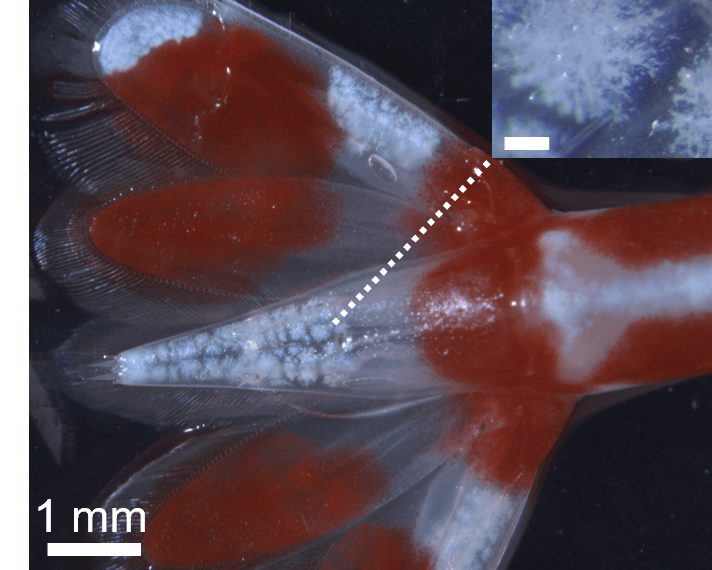
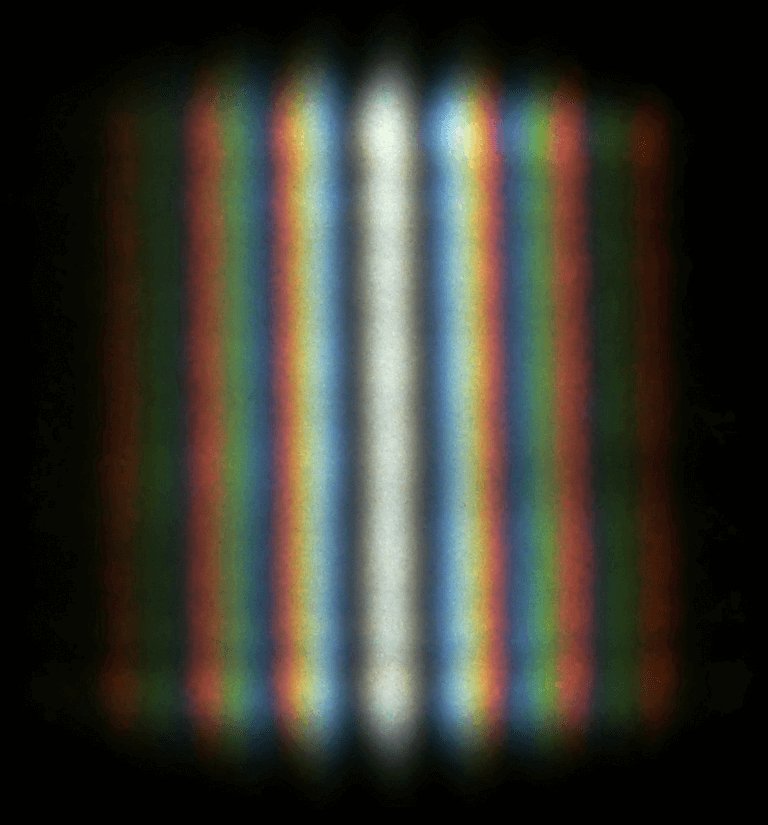
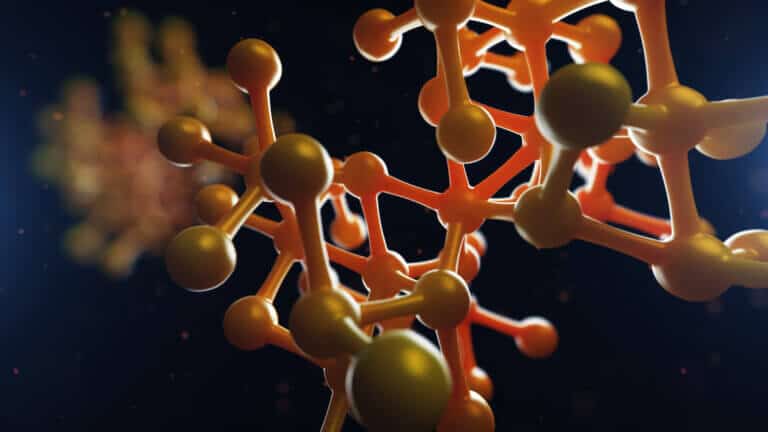

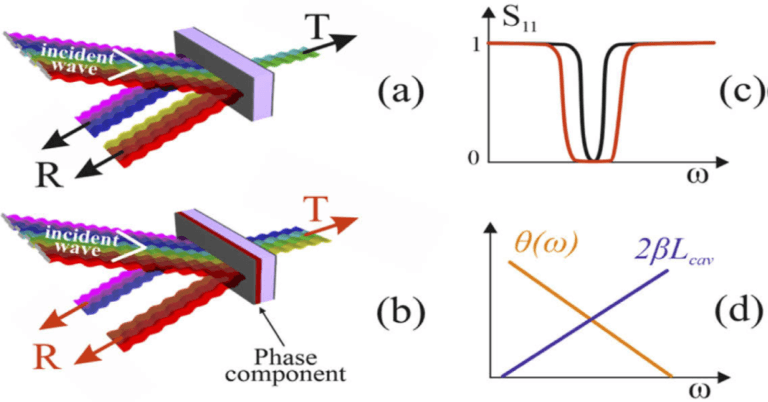
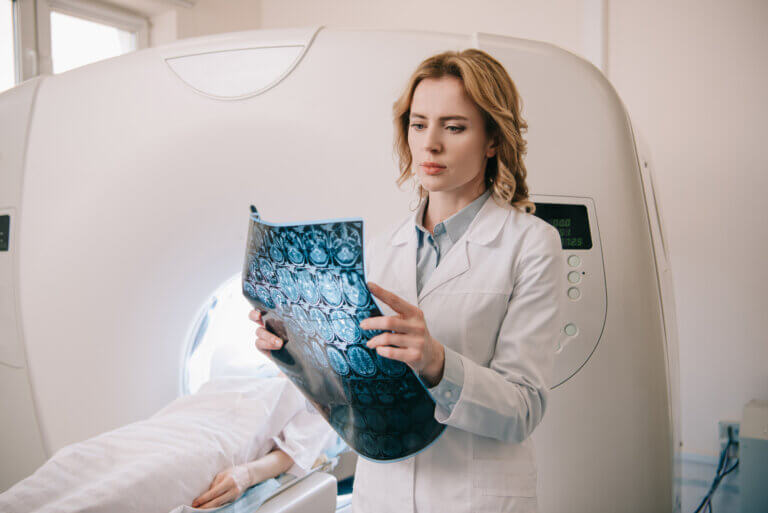
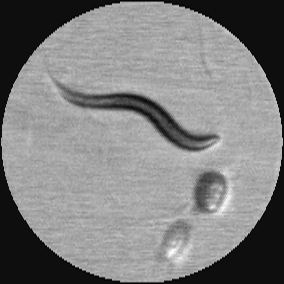
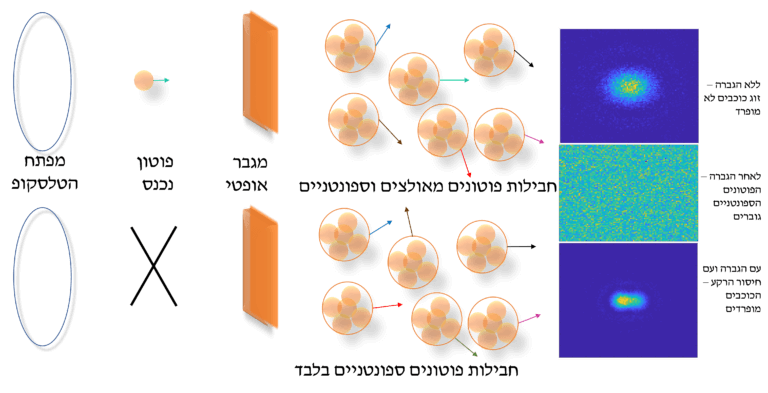
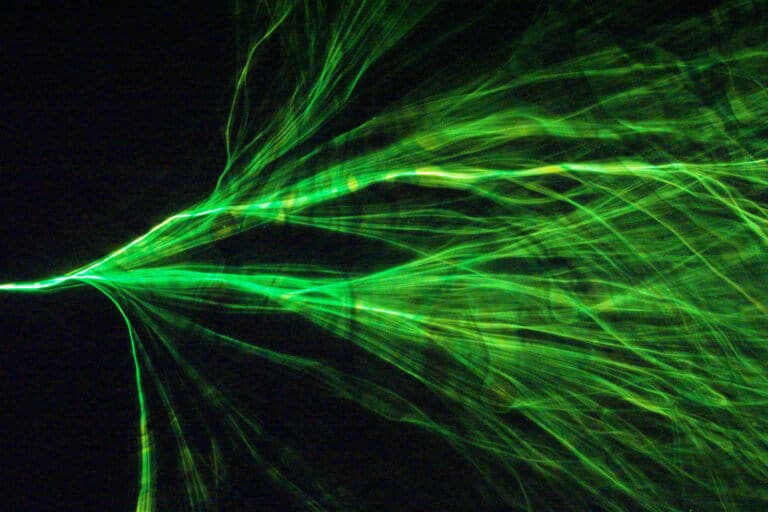

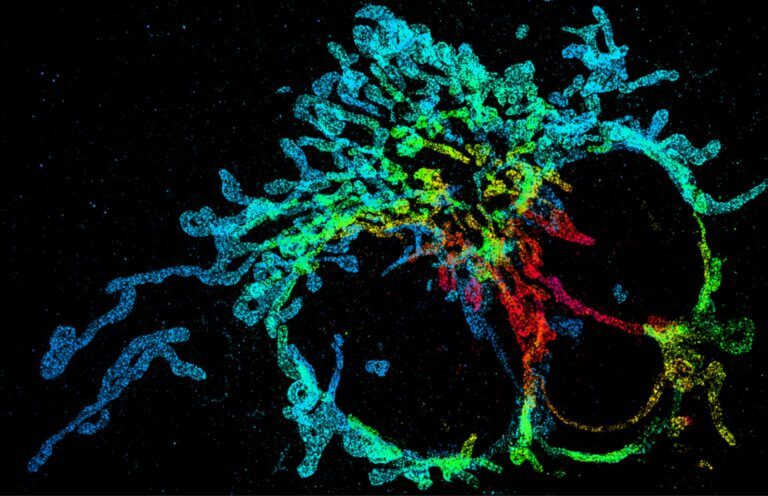

![One of the researchers activates the laser beam as part of the experiments [Courtesy: Wits University]](https://www.hayadan.org.il/images/content3/2019/02/Nkosi_Bhebhe1.jpg)

